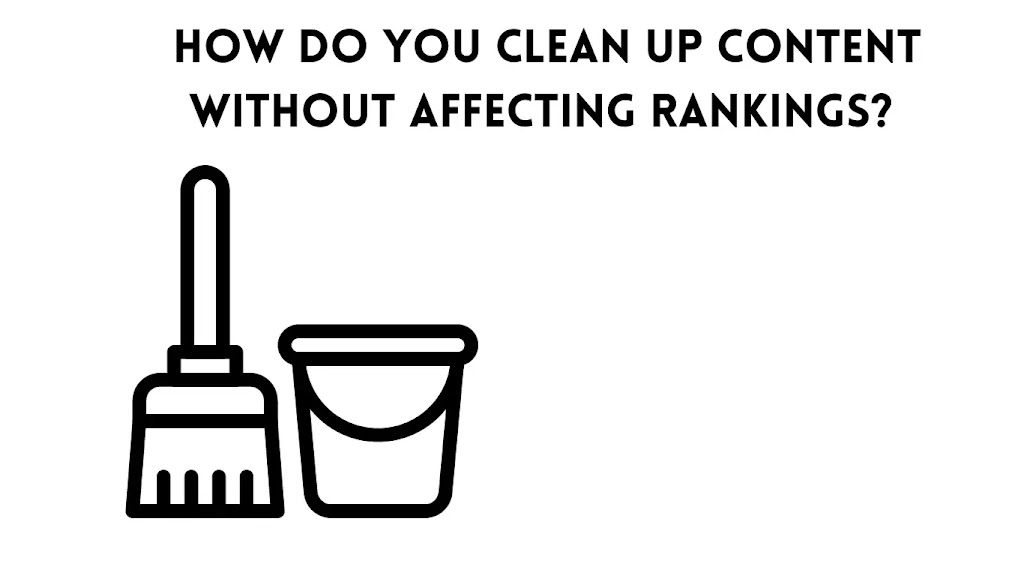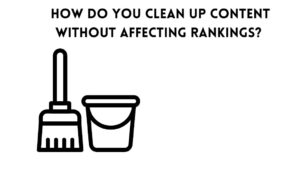Content is not created equally. This week’s Ask An SEO is for you if you don’t know what to do with hundreds of pages.
Neethu submitted today’s Ask An SEO query, which is as follows:
I’ve had my website for about 20 years. A lot of content is available. Many of them aren’t working out very well. How can you remove that information properly without harming your rankings?
More content is not necessarily better, despite what some SEO experts might have you believe.
Since content is the foundation of every website and is crucial for generating traffic, engagement, and conversions, choosing what material to preserve, amend, and discard is a crucial decision.
The success of a website can be hampered by obsolete, irrelevant, or poorly performing material, yet not all content is created equally.
Audit Your Content
Conducting a content audit is the first step in efficiently cleaning up the information on your website.
This comprises looking at and assessing the efficacy, relevance, and quality of the material on your website.
Several metrics, such as traffic, bounce rate, and engagement, can be used to identify which websites are performing well and which ones are not.
Once you’ve identified the sites that aren’t doing well, prioritize them based on how important they are to your website.
Sites that are not driving traffic or converting may need to take precedence over underperforming but still important sites for your website’s overall goals.
Differentiate between Time-Sensitive and Evergreen Content:
Additionally, it’s critical to consider if a page is evergreen or time-sensitive.
Although time-sensitive content may need to be discarded, evergreen content can be updated or reused throughout time.
Your material should be prioritized before you can decide what to do with each page.
You might be able to add new content to pages that are still useful but aren’t doing well to make them more effective.
It might be advisable to completely remove any pages that have become outdated or are no longer necessary.
Implementing 301 redirects to pertinent pages will prevent any backlinks referring to the old page from being lost when content is removed.
Check Your Stuff
It’s important to monitor your search engine rankings after you’ve cleaned up your content to make sure your changes didn’t harm your SEO.
But don’t limit your analysis to ranks.
Projects focused on content optimization can have an impact on navigation, traffic, conversions, and other aspects of your overall SEO strategy.
Keep a tight eye on Google Analytics.In the event that traffic decreases, you might want to reconsider some changes.
But it’s important to fight the impulse to respond in a rash manner.
Make sure the modifications you made are stable within the search engines’ index before you abandon your optimization efforts. This will help you determine whether the drop is indeed the result of the changes you made.
Always be patient and keep an eye on your website’s performance because it could take some time for your rankings to normalize following a content cleanup.
Consider using Google Search Console to find pages with high impressions but poor click-through rates to further improve your content cleanup.
Content changes or optimization may be helpful to improve the functionality of these pages.
Furthermore, combining pages that address related subjects into a single complete page can enhance user experience and prevent term cannibalization.
To sum up
Cleaning up the information on a website on a regular basis is necessary to maintain its quality.
You may efficiently clean up your site without harming your rankings by completing a content audit, prioritizing your content, and choosing whether to keep, update, or eliminate the content.

